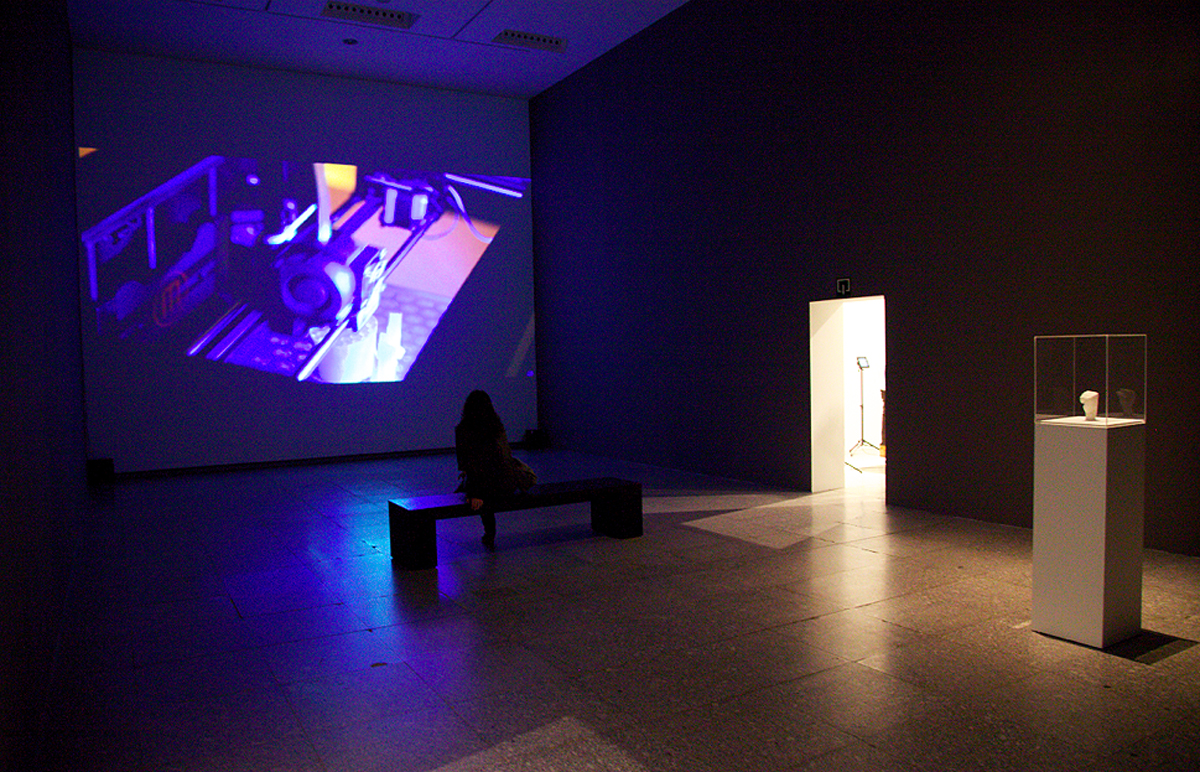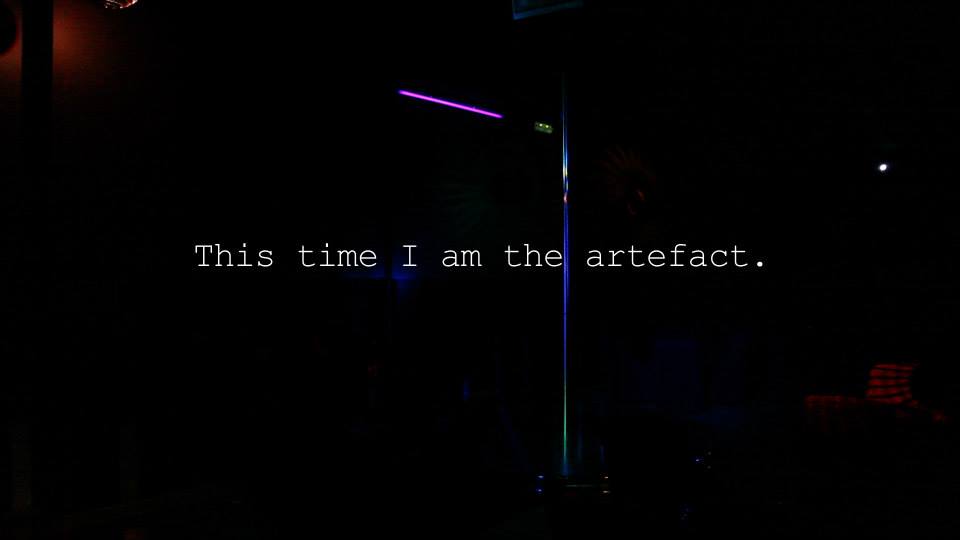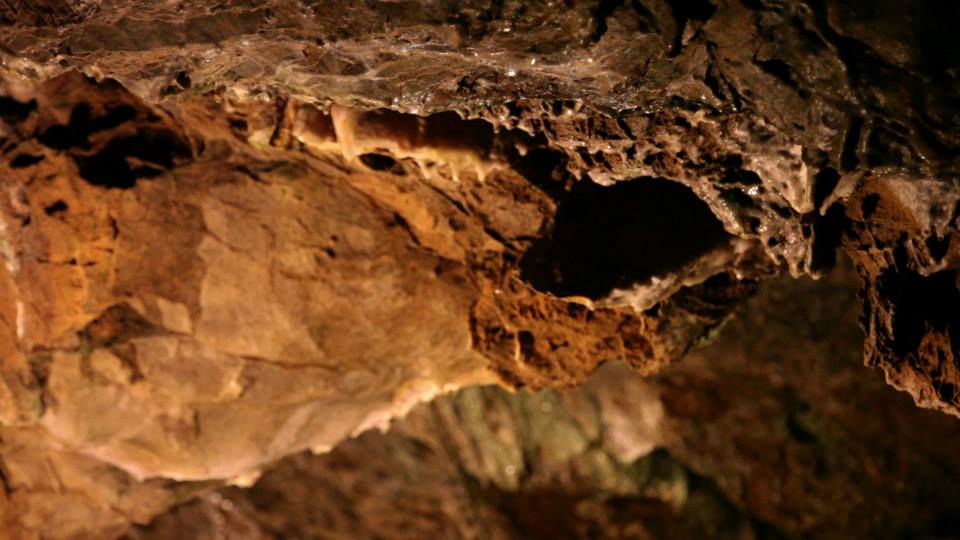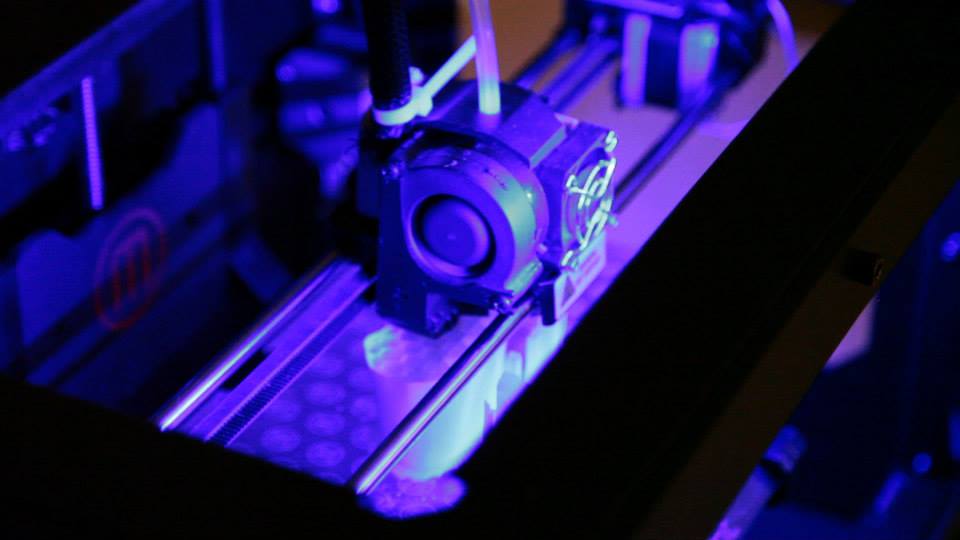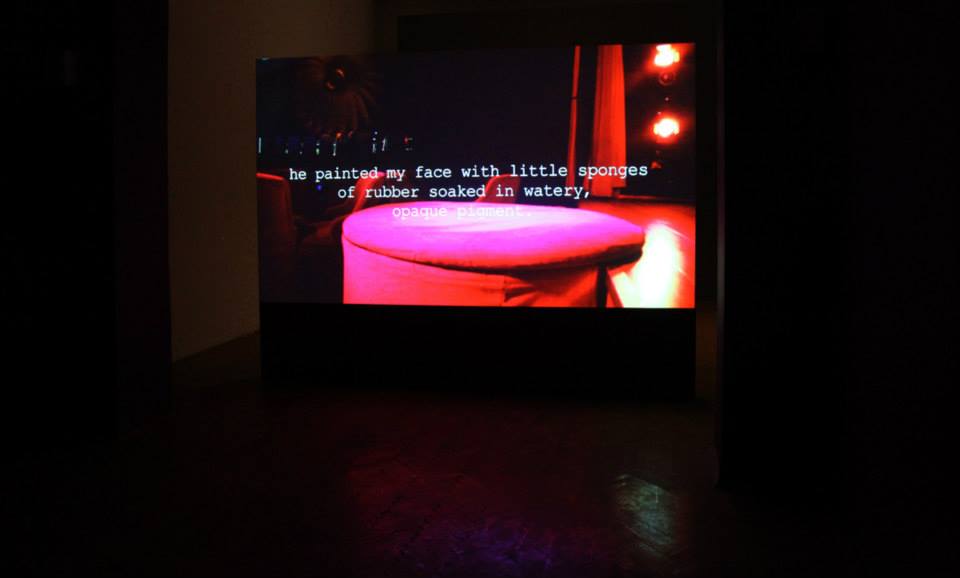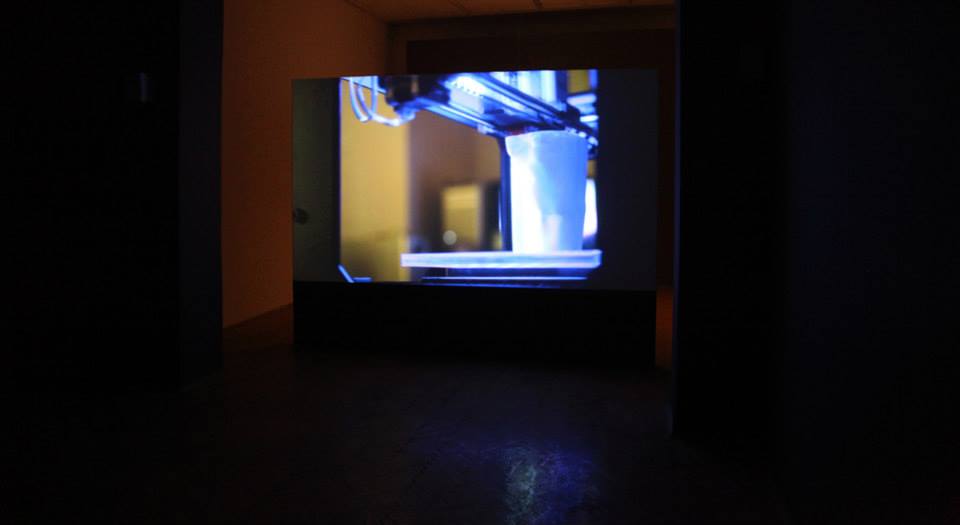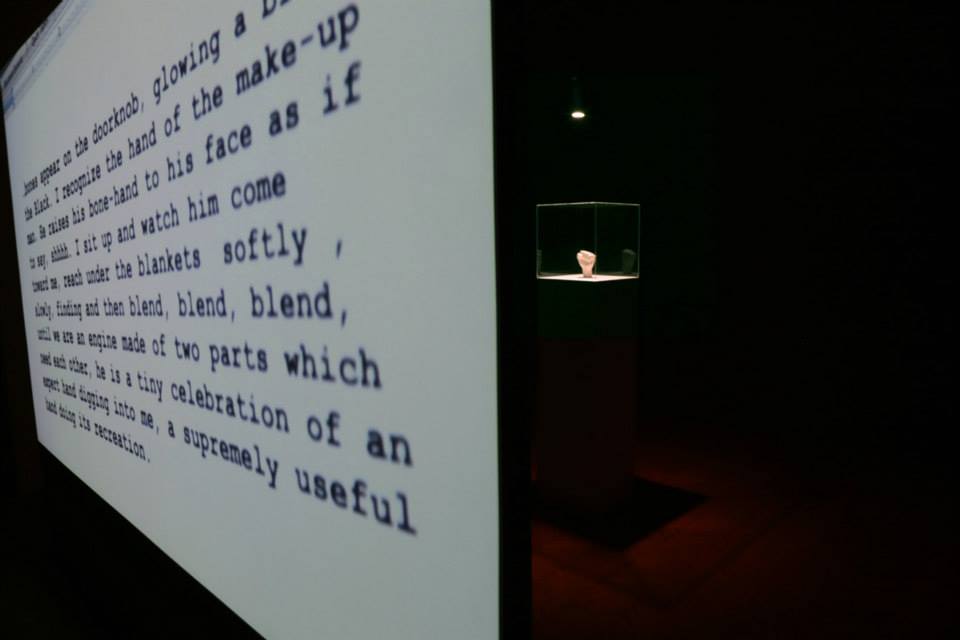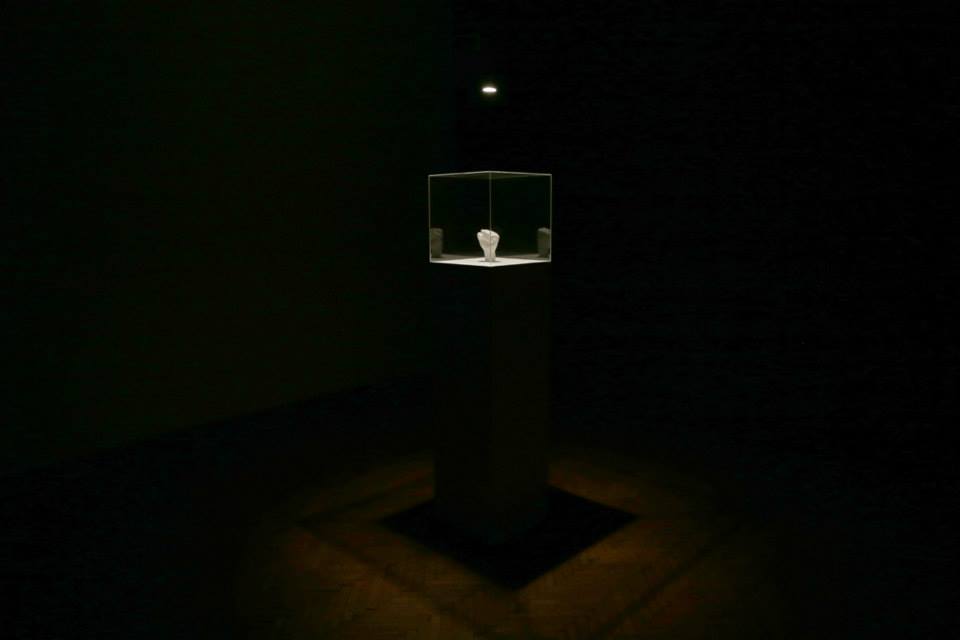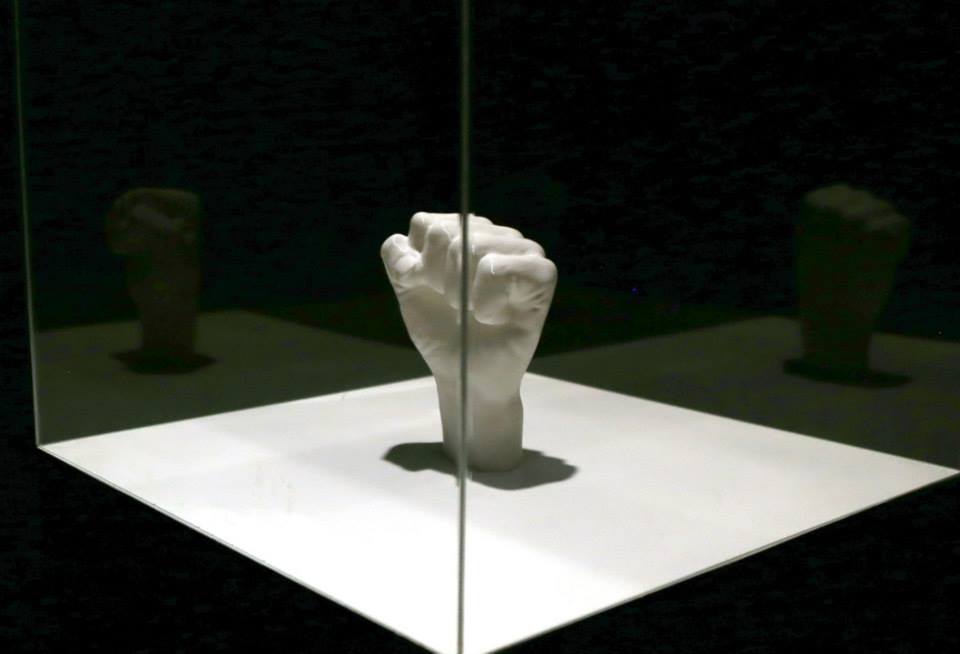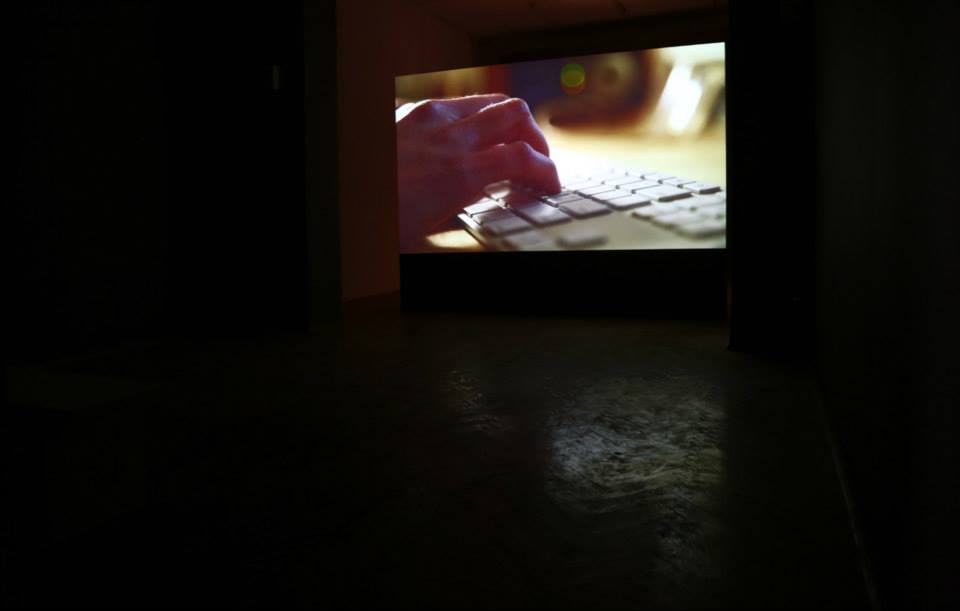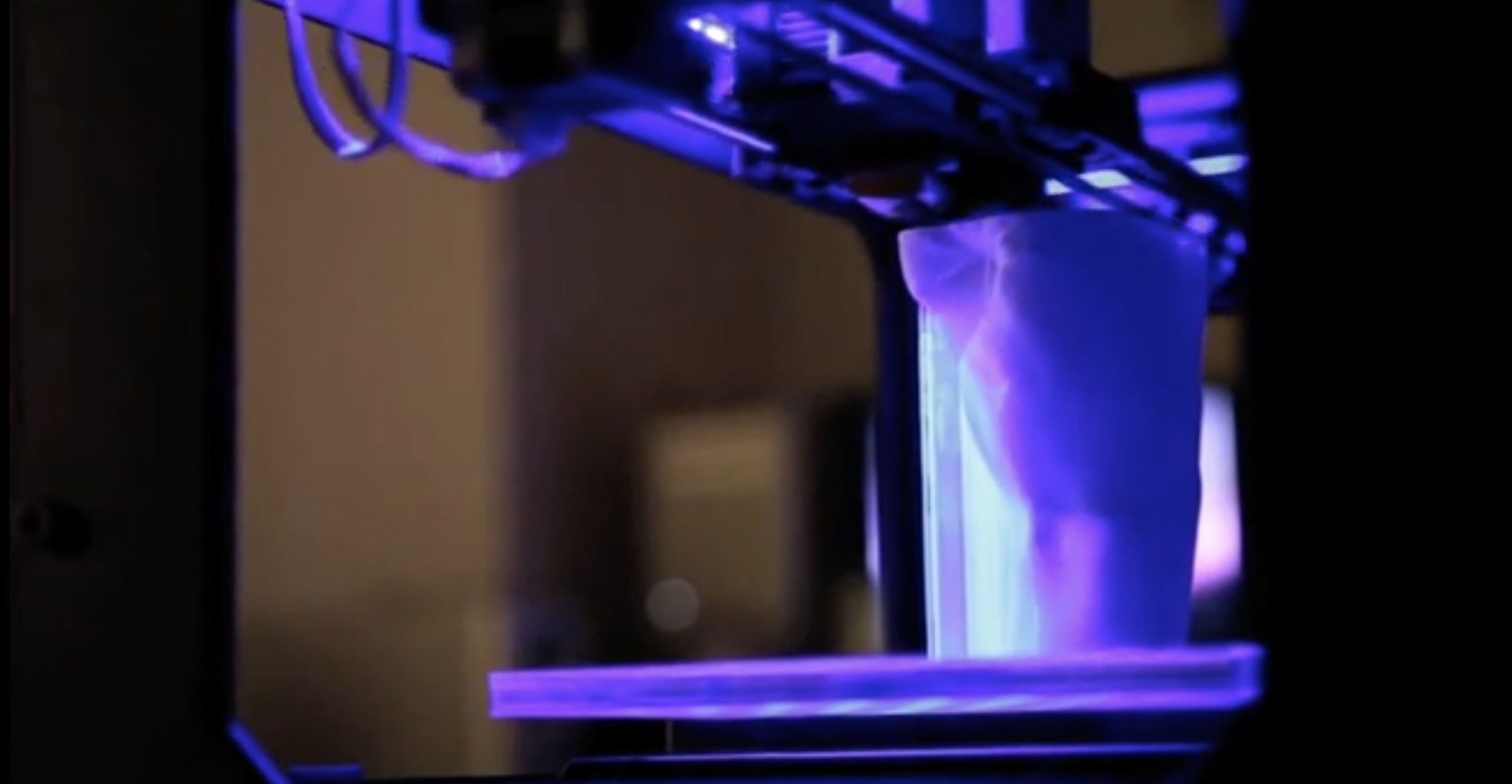THE HISTORY OF THE FIST
MoCAB, Museum of Contemporary Art of Belgrade, ARTIUM Museum & Salzburger Kunstverein
2014/2015
http://eng.msub.org.rs/invisible-violence
The fist is a ubiquitous symbol, which has amassed myriad significance throughout the epochs of recorded time. Following its trajectory through historical and fictional narratives, the fist is the central character in the work, beginning with a video installation, and stretching into the material realm with a 3-d print. Barrio inspects this history with a rhizomatic approach, encompassing the multiplicity of meanings housed within this simple but loaded icon. The settings of the strip club, the cave, and the lab become stages, which act as portals through which we travel through time and space, conflating different iterations of our central character.
Acknowledging references to violence, labor, social revolutions, and gender, we see the evolution of the fist coming into its own as a symbol – standing alone, severed from the body. Through yet another portal, we are led from symbol production to post production. Just as the fist had to be cut between wrist and elbow to produce this emblematic image, the film itself relies on cinematic cuts and splices between a variety of media to suggest the non-linear connections present in this entanglement.
The video includes text by writer Dia Felix, whose narrative fiction reinforces the larger mythology, and commentary by historian Lincoln Cushing, grounding the work in non-fictional details from his studies of the fist in a political art context. The History of the Fist also references the recent archaeological discovery that most early cave paintings were likely made by women, highlighting the potential of what is missing from the recorded history of human experience. Swiftly transitioning from this deep reaching human narrative, Barrio also hints at the sensual promises of future-gazing cyborg cultures, through digital fabrication of this archetypal body part. We are left to wonder what is it that we produce now that will be remembered, which symbols will survive us, and how they will be interpreted by generations into the future.
The History of the Fist was co-produced by the Museum of Contemporary Art, Belgrade (MoCAB), ARTIUM Basque Museum-Centre of Contemporary Art and Salzburger Kunstverein, Austria.
